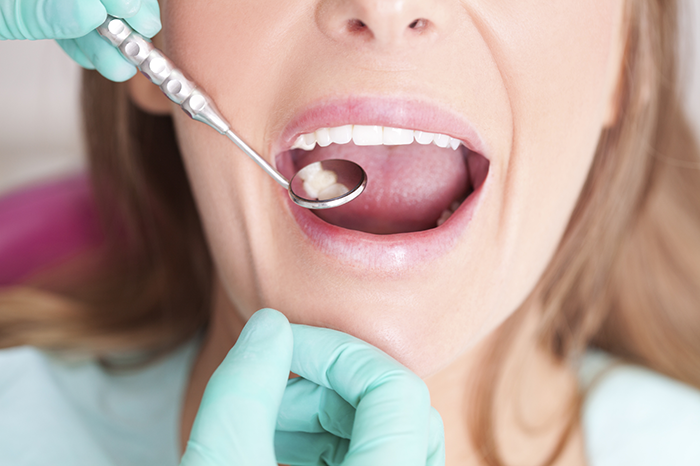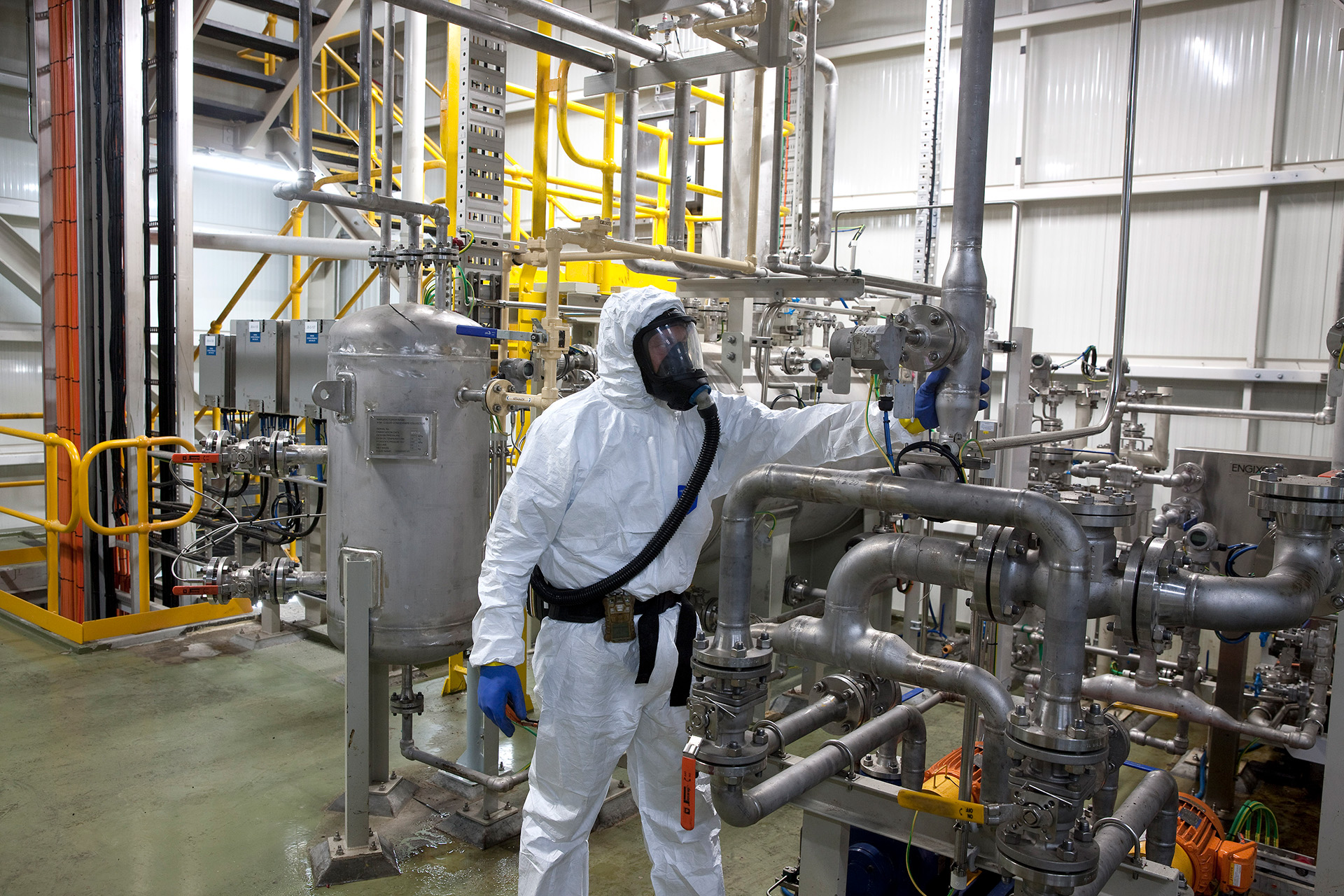Mercury is an element. It doesn’t break down or decompose or otherwise get turned into something else.
It can form compounds with other elements, of varying degrees of toxicity and stability, but all the mercury in the world has been part of the Earth since it formed billions of years ago, and will still be around for billions of years yet.
Because it’s toxic and permanent, the most sensible way to manage the threat posed by mercury is to keep it out of the natural environment as much as possible.
But mercury is also useful, which means the best way to manage mercury waste is to recycle it.
How much mercury?
Even though Ecocycle is Australia’s largest recycler of mercury, we know we only process a small fraction of all the mercury-containing waste that is generated in Australia each year.
One reason is that many people don’t know that things like fluorescent lights contain mercury. Or if they do, the amount of mercury seems so tiny that many people don’t think it poses a problem.
Your average household compact fluorescent lamp contains a few thousandths of a gram of mercury – a speck barely visible to the naked eye. What harm can that do? Well, the problem is that the safety limit for mercury in drinking water is just one millionth of a gram per litre.
That got us thinking.
Australia recycles about 6.6 million fluorescent lamps and tubes each year but this still only captures about 10% of the estimated total volume, with the rest going to landfill.
Now, lamps and tubes vary as to how much mercury they contain, and many different types are recycled.
Currently, compact fluoro lamps must contain less than 5 milligrams (mg) of mercury, and the limit for tubes is 15 mg. However, high intensity street lamps can contain up to 1,000 mg of mercury, and older fluoro tubes (still a lot of these around) contain more mercury than newer ones.
On average, it is estimated that each of those millions of lamps recycled contains 30 mg of mercury, which means that just one (average) fluorescent light can contaminate up to 30,000 litres of drinking water!
There’s something to think about next time you’re about to toss a fluorescent tube in the waste bin.
So, how much water could those 6.6 million fluorescent lights contaminate? Do the arithmetic and it works out to a staggering 198,000,000,000 litres. Can’t quite get your head around that number? Well, it’s enough to fill 79,200 Olympic-sized swimming pools, 126 MCGs or just over one third of Sydney Harbour! And that’s just from lighting waste. What about all the other types of mercury-containing waste around the nation and its potential impact?
A joint effort
Of course, this cannot happen without the support of industry, and all the people who make that extra effort to drop off their old light globes at council offices and other collection points.
Keep up the good work, but please help to spread the word. For every fluorescent lamp and tube that is recycled, too many more still end up in landfill.
Let’s continue to do the responsible thing for our environment and recycle mercury-containing waste at every opportunity.
Need to recycle mercury-containing waste?
To find out more about how you can recycle mercury-containing waste, call Ecocycle on 1300 32 62 92 or fill out the form below and one of our specialists will get in touch.






